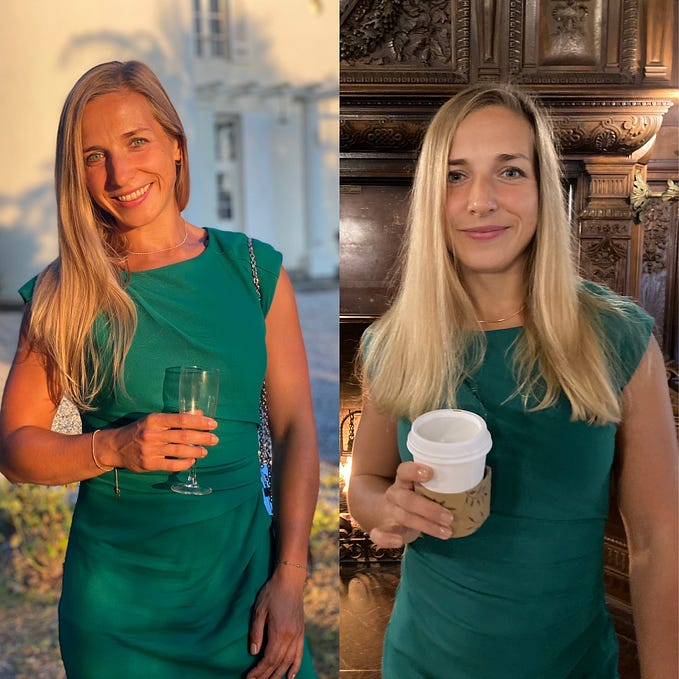Reflecting on Bowery Ballroom
Written for Words & Guitars’ Save Our Stages benefit
I never used to go to shows alone. As a teen, of course, I wasn’t allowed to — which, I shouldn’t have been. Most of the time, I wanted to go with a friend anyway, to share the experience, to pass the time between sets, to travel together. If I did go alone to any shows in college, it was probably to write about them for the paper, and chances are, it was seated. Even if it wasn’t seated, the venue and neighborhood were squarely in my comfort zone.
But in the limbo between college graduation and officially moving out of my parents’ house, for a single month, I subletted my brother’s best friend’s apartment — a tiny, probably illegal room in park slope. Two or three weeks in, on a whim, I bought a ticket to see Langhorne Slim play at Bowery Ballroom. I only knew one of his albums, but the tickets were $15 and I was alone in Brooklyn.
That’s the first show I remember going to by myself — an explosively fun folk concert. The crowd was full of diehard fans, all a good 30 years older than me, and I felt so comfortable I forgot I was by myself — I was enraptured watching older women mouth every word with intense devotion.
But that’s not the first show I saw at Bowery Ballroom: I’d been once before with a friend, when Okkervil River toured a 10th anniversary tour for their album Black Sheep Boy. After a chilly November day — on our Thanksgiving break — we crammed into the upper level of the venue. I was 20 and he was 21; after a little cajoling, he got me a gin and tonic. Under my thick sweater sleeves, no one checked for a bracelet. We hung onto the railing and, after the show, were spit out into the dark streets, faces red, searching for a subway to my friend, giddy as anything.
I’ve long felt there’s something special about Bowery Ballroom itself: up close, the outside is fairly nondescript — you have to squint at the thin green signs to be sure you’re in the right place. The most solid clue is the group people lined against the postered wall. After passing the bouncer, you go down a set of stairs and enter a sort of sub-floor: bathrooms, coatroom, a bar, and a number of couches and table. To get to the actual ballroom, you climb another set of stairs. Something about this transition from outside to bar to ballroom gives you such a necessary breath. Wedged between the bar and ballroom, on a landing, there’s always a merch table that can’t accommodate more than two people at a time, something I find inexplicably charming.
But most importantly — especially as a woman, alone — it’s the only venue where I’ve ever felt fully, completely safe. No one’s too close; the strangers I’ve talked to were fellow fans who’d also ventured out alone; I make small talk with bartenders and merch table workers. I’m chronically early, and always end up near the very front of the stage (I’m 5’1” so that’s pretty important). No one jostles me away or steps in front.
And when I permanently moved to the city, about four or five months after that Langhorne Slim show, Bowery Ballroom became my place: if a band I liked played two NY concerts, I’d pick Bowery any time. Just from my Instagram, I can pin down a number of acts I’ve seen there: Camp Cope, Jeff Rosenstock, Better Oblivion Community Center, Frankie Cosmos, and Charly Bliss, to name a few. I’ve gone to a number of concerts alone — sorry, mom — but at Bowery I’m always comfortable, I always get a great view, and I never feel concerned with anything but the music .
I’ve seen so many concerts that they start to blend together, but there’s one standout moment that I always return to. At the very end of that Langhorne Slim show, my first solo concert, lead singer Sean Scolnick came into the audience. He was singing “Past Lives” which hinges on the lyrics “Do you believe in past lives? /Haven’t I met you before?” and ends with a declarative, belted “I ain’t dead anymore.” But for the show, he extended the song, repeating “I ain’t dead anymore” over and over, passing the mic to audience members so they could sing the line, building and building each time.
It was utterly electric: raw and connective. That memory and Bowery Ballroom are cemented together, for me, inextricably.







